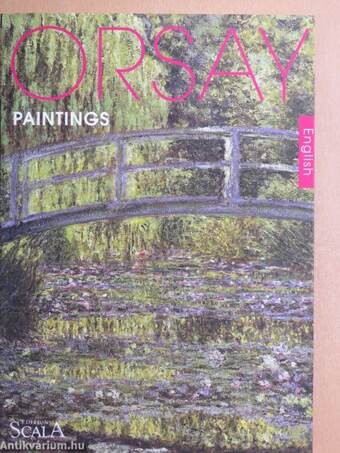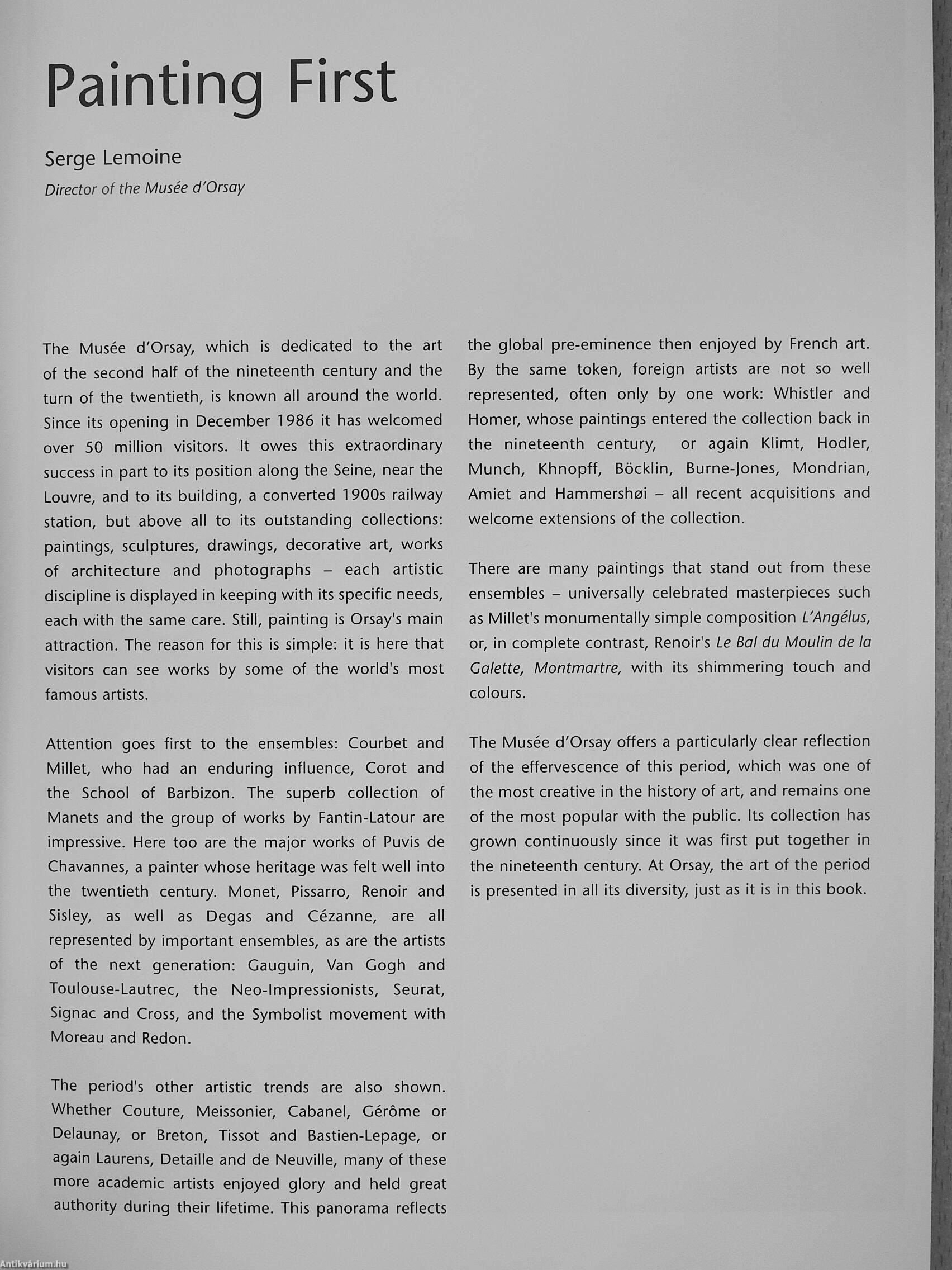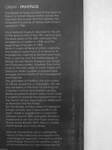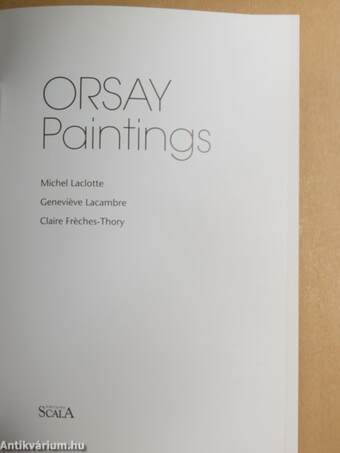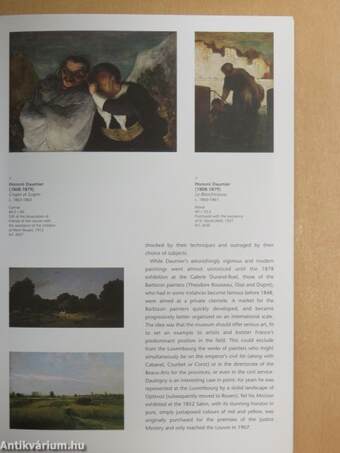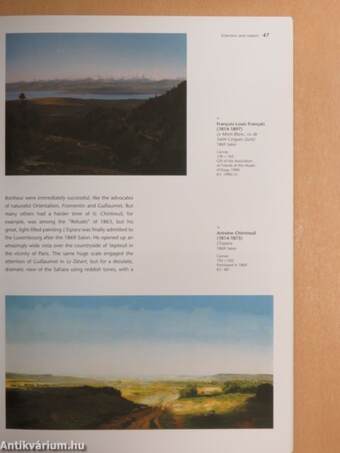1.067.053
kiadvánnyal nyújtjuk Magyarország legnagyobb antikvár könyv-kínálatát

VISSZA
A TETEJÉRE
JAVASLATOKÉszre-
vételek
Orsay - Paintings
| Kiadó: | Éditions Scala |
|---|---|
| Kiadás helye: | Párizs |
| Kiadás éve: | |
| Kötés típusa: | Varrott papírkötés |
| Oldalszám: | 166 oldal |
| Sorozatcím: | |
| Kötetszám: | |
| Nyelv: | Angol |
| Méret: | 27 cm x 19 cm |
| ISBN: | 2-86656-337-9 |
| Megjegyzés: | Színes reprodukciókkal. |
naponta értesítjük a beérkező friss
kiadványokról
naponta értesítjük a beérkező friss
kiadványokról
Előszó
TovábbFülszöveg
ORSAY - PAINTINGS
The Musée d'Orsay, located at the heart of Paris in a former railway station across the river from the Louvre and the Tuileries, has attracted thousands of visitors daily since It opened in 1986.
It Is a national museum devoted to the art of the second half of the 19th century and the early years of the 20th, between the emergence of realism In 1848 and the beginnings of fauvism in 1905. While it covers all fields of artistic creativity, the museum owes much of Its fame to its Impressionist collections, formed over more than a century, and the masterpieces of Monet, Monet, Renoir, Gauguin, Von Gogh and Toulouse-Lautrec. However, they hang close to the late works of Corot, Ingres and Delacroix, while Courbet unquestionably emerges as the initiator of the Impressionist avant-garde.
The upholders of tradition, the advocates of official, academic or naturalistic art, are also exhibited, In the form of paintings by Cobanel, Cormon and Bostien-Lepage. Works acquired... Tovább
Fülszöveg
ORSAY - PAINTINGS
The Musée d'Orsay, located at the heart of Paris in a former railway station across the river from the Louvre and the Tuileries, has attracted thousands of visitors daily since It opened in 1986.
It Is a national museum devoted to the art of the second half of the 19th century and the early years of the 20th, between the emergence of realism In 1848 and the beginnings of fauvism in 1905. While it covers all fields of artistic creativity, the museum owes much of Its fame to its Impressionist collections, formed over more than a century, and the masterpieces of Monet, Monet, Renoir, Gauguin, Von Gogh and Toulouse-Lautrec. However, they hang close to the late works of Corot, Ingres and Delacroix, while Courbet unquestionably emerges as the initiator of the Impressionist avant-garde.
The upholders of tradition, the advocates of official, academic or naturalistic art, are also exhibited, In the form of paintings by Cobanel, Cormon and Bostien-Lepage. Works acquired In recent years have made it possible to improve the representation of the French school, especially for artists such as Bonnard and the Nobis. But the Musée d'Orsay does not disregard foreign schools, and a special effort has been made to supplement a collection initiated around 1890, Alongside Whistler's masterpiece we now find major works by Burne-Jones, Bocklln, Kllmt Munch, Hodler, Hammersh0i and many others.
After an introduction which outlines the history of the collections and explains the chronological approach, the authors of the work analyse the pictorial creative output of this wonderfully rich and diverse period. Vissza
Témakörök
- Idegennyelv > Idegennyelvű könyvek > Angol > Művészetek > Festészet
- Idegennyelv > Idegennyelvű könyvek > Angol > Művészetek > Művészettörténet, általános
- Idegennyelv > Idegennyelvű könyvek > Angol > Művelődéstörténet
- Művelődéstörténet > Intézményei > Múzeumok
- Művészetek > Művészettörténet általános > Múzeumok, képtárak > Külföldi > Európai
- Művészetek > Művészettörténet általános > Idegen nyelv > Angol
- Művészetek > Művészettörténet általános > Kiállítások, aukciók, katalógusok > Külföldi
- Művészetek > Festészet > Kiállítások, katalógusok > Külföldi
- Művészetek > Festészet > Idegen nyelv > Angol



